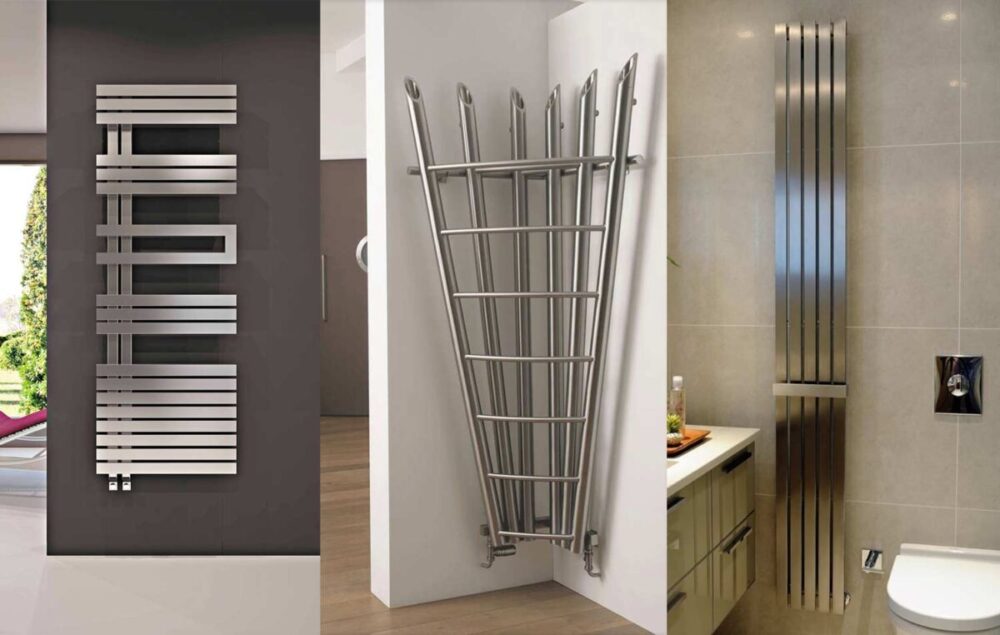Buying a designer radiator is one of the biggest luxuries you can give your home, or anywhere you’re thinking of having one. They add some charm, (hopefully) work effortlessly, and give you a radiator which looks great for years to come.
And while designer radiators are great to use in special spaces, what should anyone thinking of buying in this area of the radiator world know? Are there specific problems designer radiators have? Are they the best thing to have in tricky to heat spaces? And are there any red flags someone should be aware of if this is their first time buying a designer radiator?
In this short article, I want to highlight what I believe are some of the biggest misconceptions about designer radiators; all things I hope will help make it easier to buy one when you’re shopping around.
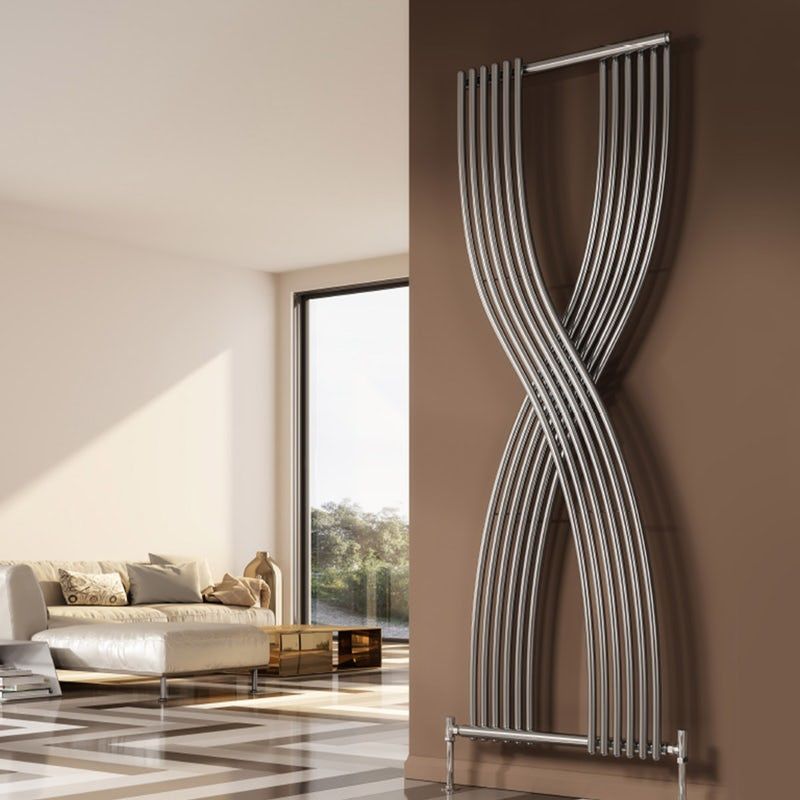
Some designer radiators look better but do not heat as well as you think
If you only ever want a radiator which heats flawlessly, don’t get fooled into thinking designer radiators are your best choice for the wrong reasons. People will instinctively think of designer as “premium” or “best around”, which can be true for looks and features, but not necessarily performance.
With any radiator, you want one which provides decent output and retention. And with any designer radiator, you want to ensure that these features aren’t impeded due to the radiator simply being labelled as “designer”. You want a radiator which is known for having a high degree of heat retention. A standard steel or cast iron will do this flawlessly. Other materials like aluminium or stainless steel (which I will talk about further on) may not provide the same level of retention.
That isn’t to say the likes of aluminium should be avoided. In fact, it can be the only suitable choice due to being such a fast thermal conductor. Aluminium radiators are often used in public-facing areas like restaurants, retail, and offices, as these are typically rooms that need to get warm very fast.
Be wary of designer radiators advertised as “fast-acting” or “quicker heaters”, as that is what every new radiator is already trying to do. Also, if you are going for a unique design or something out of the ordinary with a designer product, know that the surface area may be smaller, resulting in a longer build-up time for a room to get where you need it. For anyone concerned about efficiency, this article from The Guardian can help you understand how to make your heating system more efficient.
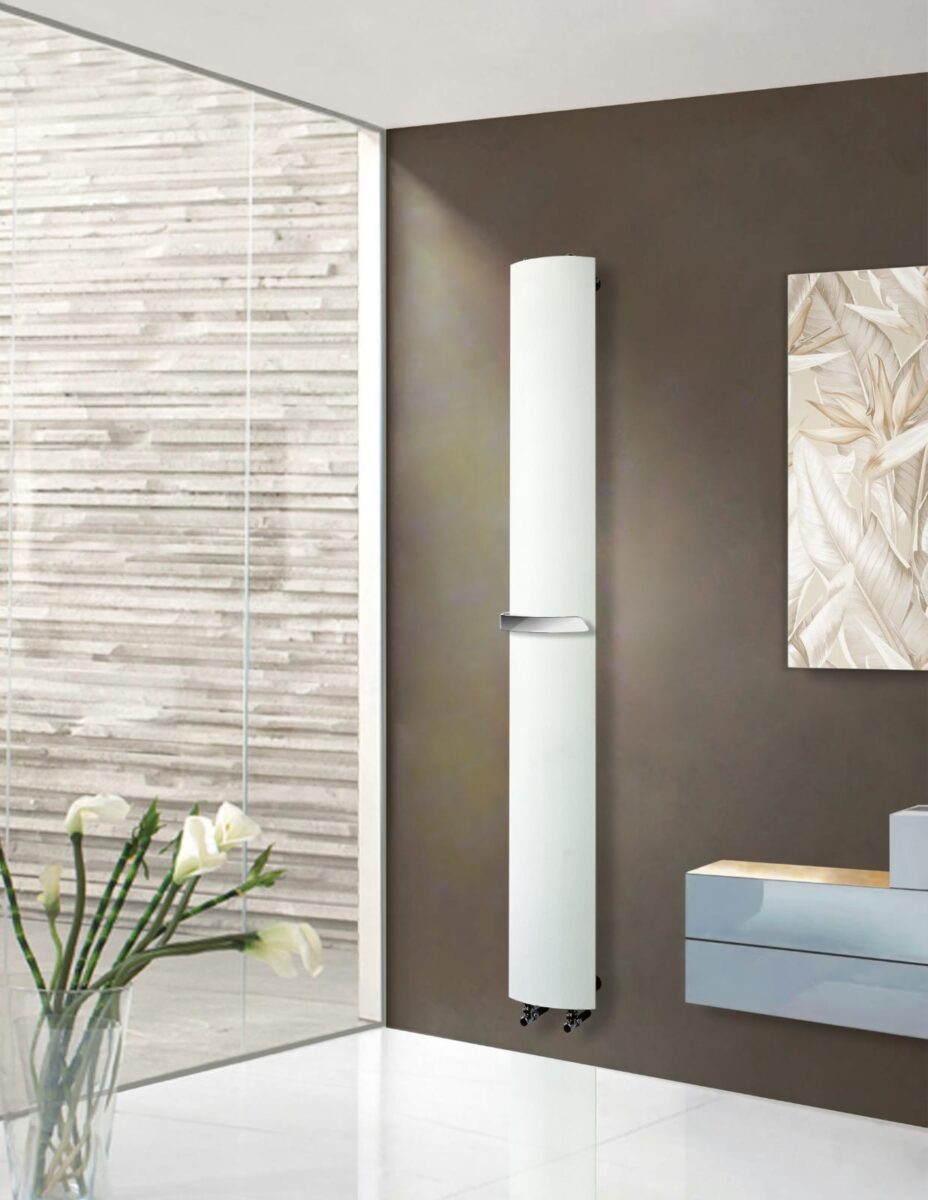
You don’t need to choose Italian designer radiators
For those who don’t already know, Italian brands are seen as the bee’s knees when it comes to designer radiators. In the same fashion people fawn over Lamborghini or Maserati, some DIY stores will be big fans of Italian radiator brands like De’Longhi. Maybe it has something to do with being good with pipework, or there is some magical finesse in making radiators they don’t want to share with the world.
Here in the UK, there are some fantastic designer radiator brands which are a common sight in stores, but still names people would not be familiar with. Apollo, Paladin, DQ & Reina designer radiators would be regarded as the best in the market, take a look at them at TradeRadiators.com. My personal opinion is that because radiators aren’t a common purchase (you could count the number of times you have purchased one with one hand), shops tend to lean on certain brands and tout about them because customers are none the wiser.
That is why I recommend doing some research on brands and your budget. It can be as simple as quickly Googling a brand name you see in a shop to see better product details and read reviews. You will often find that certain shops will have their own “luxury” brands which are luxury in name only, so don’t get caught on someone telling you Italian radiators are the best in the world.
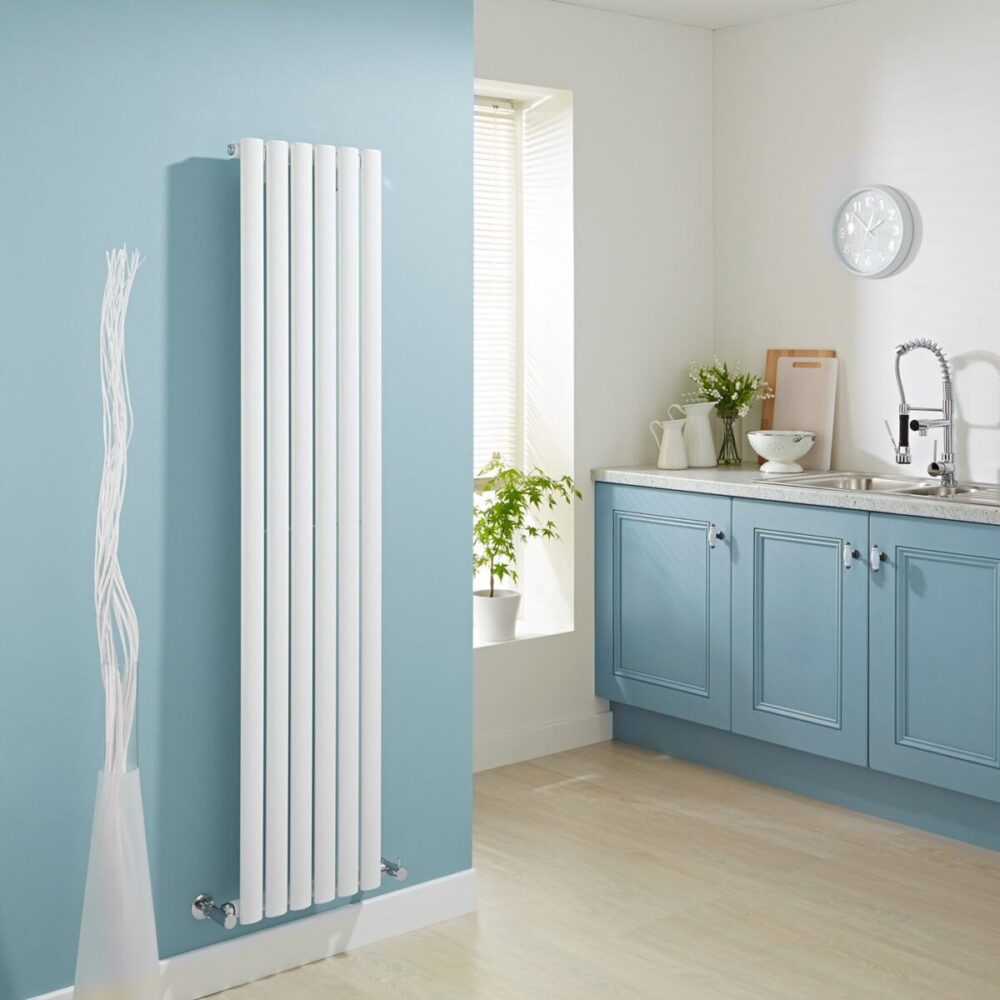
Designer radiators use different materials
Metal and paint. That is all a radiator ever is. Some brands will put all the bells and whistles on their designer products, but this is all a radiator ever is at the end of the day. So why would some designer brands shout to the rooftops that their radiators are made from aluminium or stainless steel?
Slightly related to what I said earlier in this article about heating misconceptions, designer radiators have misconceptions about materials. If you ever see a designer radiator advertised as being a better heater because of the material used, it is only a half-truth. Materials only get you so far. It is functionality and efficiency, which helps radiators stand out.
For example, a designer radiator may be made from stainless steel or aluminium. Both of these materials perform better than traditional steel you get in almost all radiators. Still, neither will dramatically increase output or performance. A big reason designer brands opt for these materials is down to shape and the radiator’s literal design. Something like aluminium is easier to shape and bend in unique shapes than steel. Because the process is more intensive and the material is more expensive to source, the end product has to be more expensive. Never allow yourself to get caught out by material being a unique selling point. Understand that designer radiators use different materials to help create their shape and finish, rather than solely for heat output.
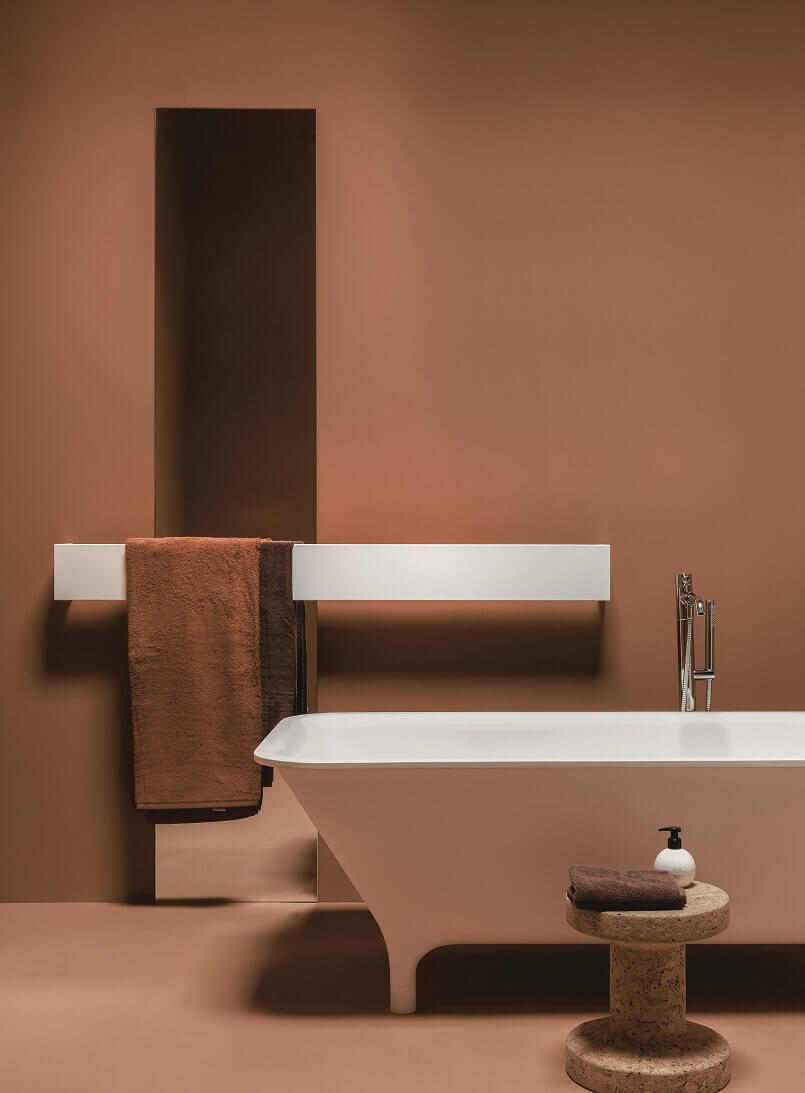
Designer Radiators are finished differently, but that doesn’t matter
When you look at a designer radiator and notice that it can come in a chrome/silver/polished/black/white etc. finish, your mind may wonder which is best in terms of efficiency. While designer radiators are finished differently, you will barely notice a difference in output and efficiency when done professionally.
If you had to get nit-picky about it, designer radiators with chrome or polished finish would tend to have the slightest increase in output compared to one painted in a matt finish, but it is barely negligible. And if you are deeply concerned about the finish affecting output, ask the manufacturer or store you’re buying from what inhibitor they use for the radiator’s inside.
I hope this article helps you make a more informed decision to buy a designer radiator in the not too distant future. Just remember, that following the advice here and researching what you need from a radiator, rather than what you want, is the best course of action.

